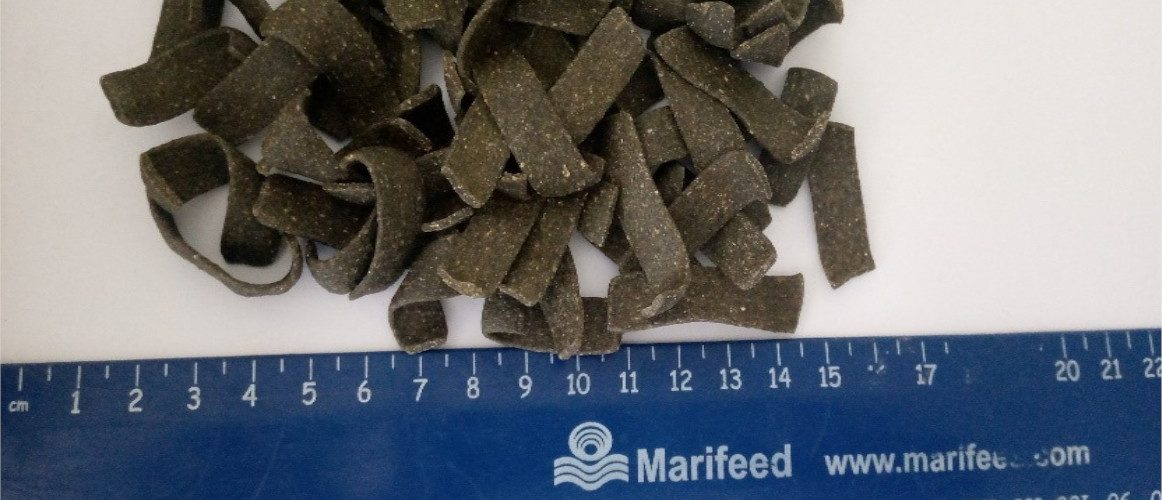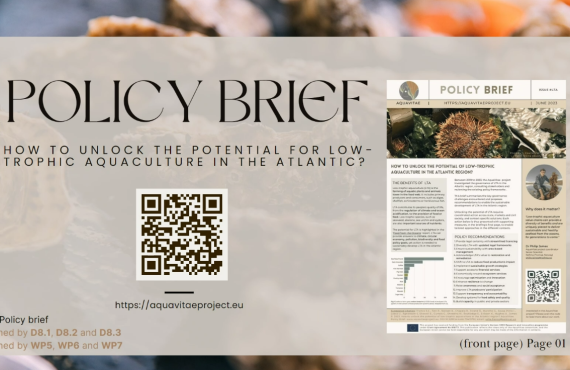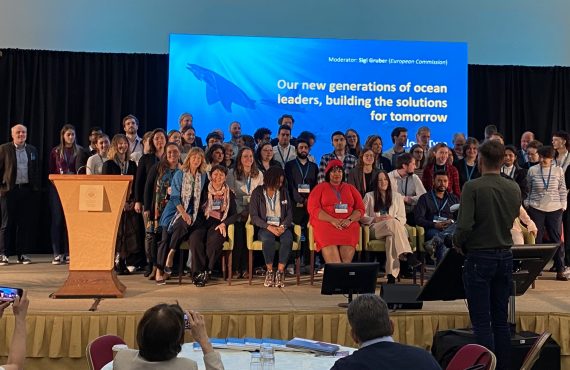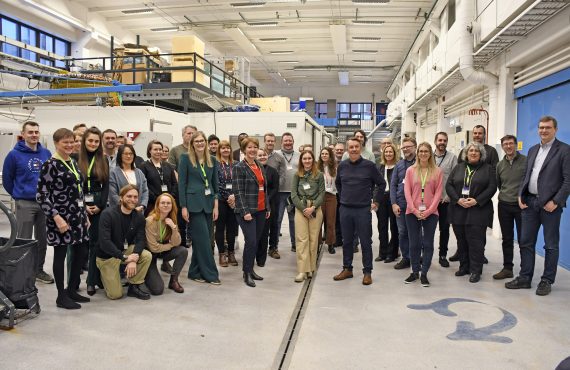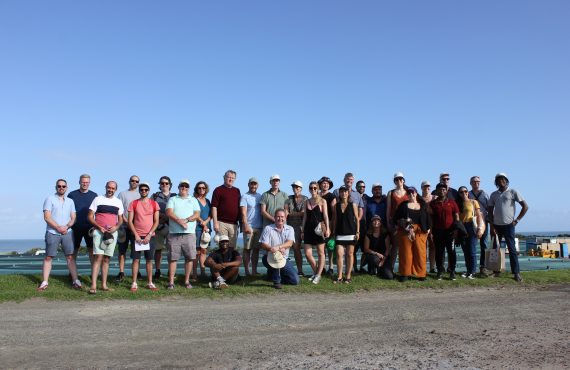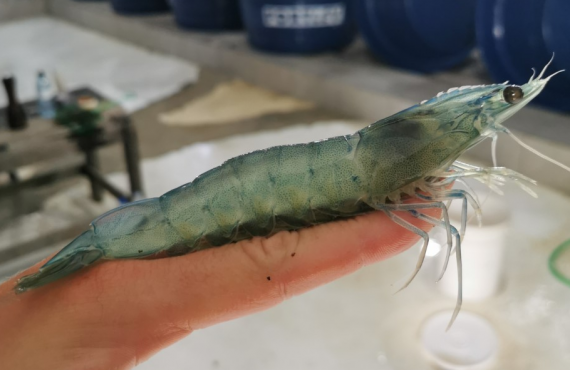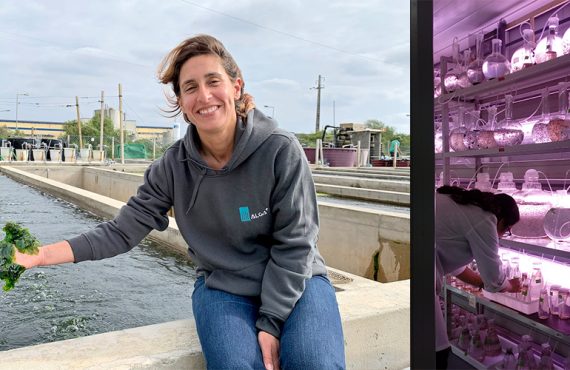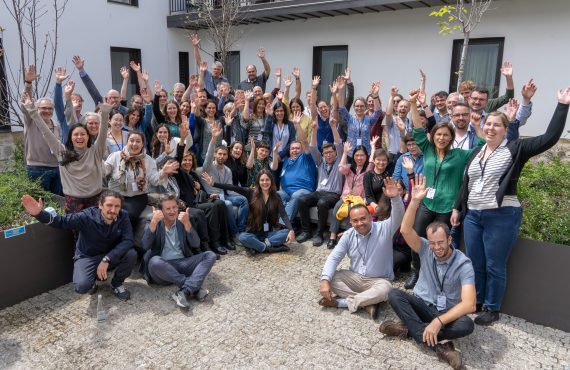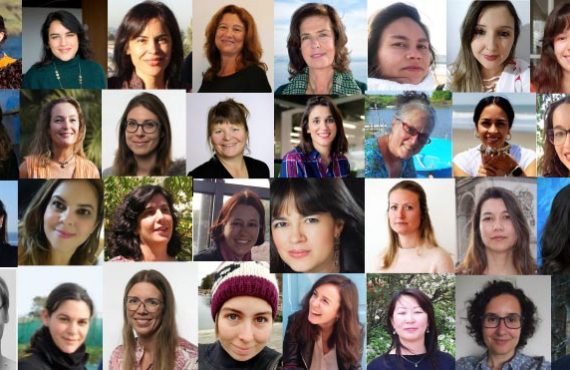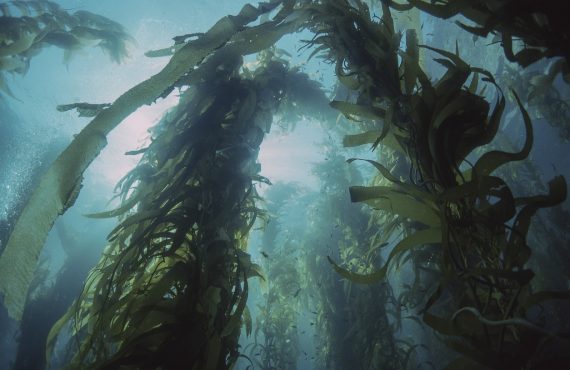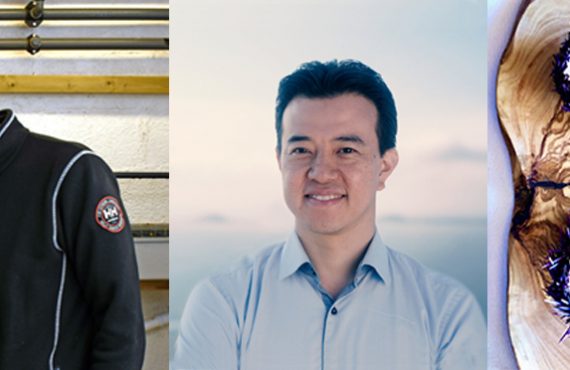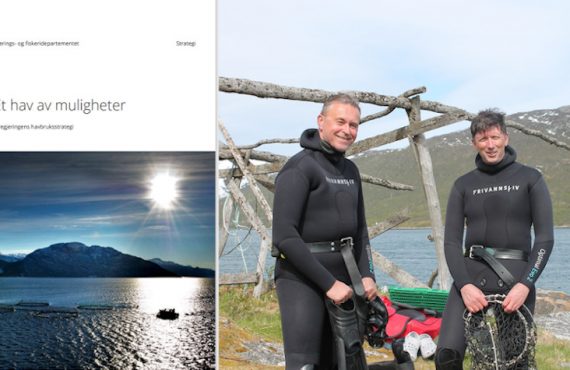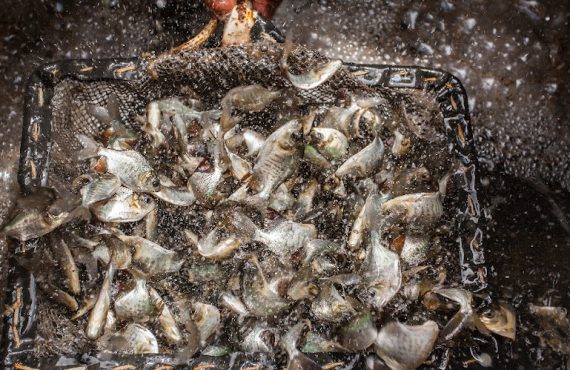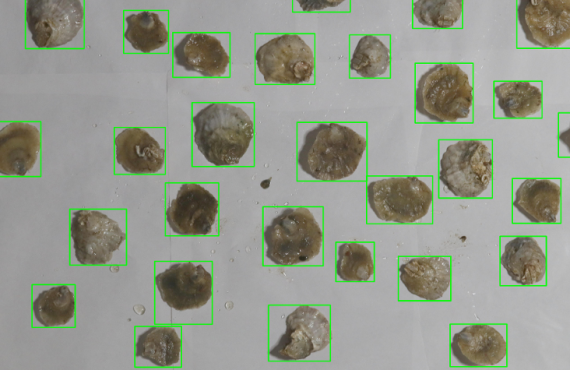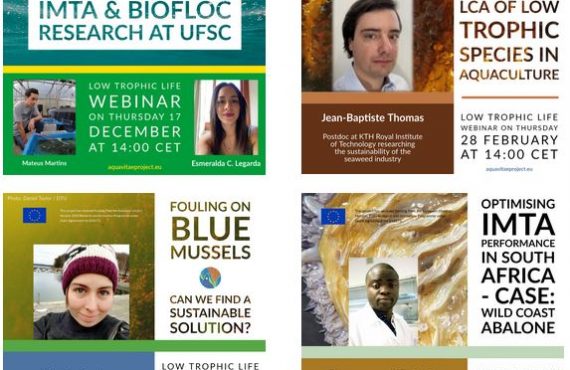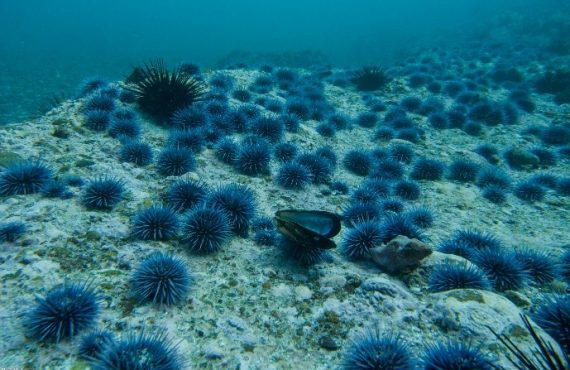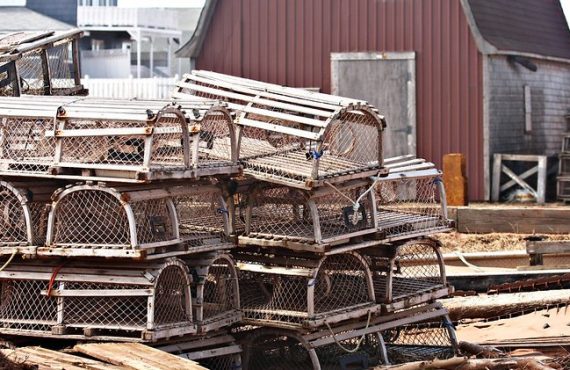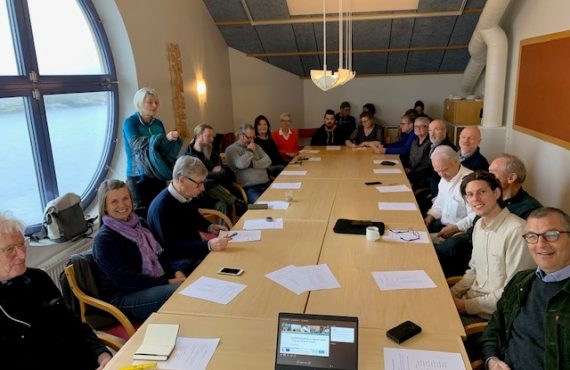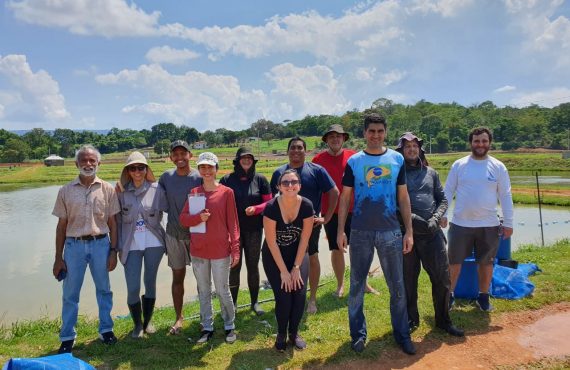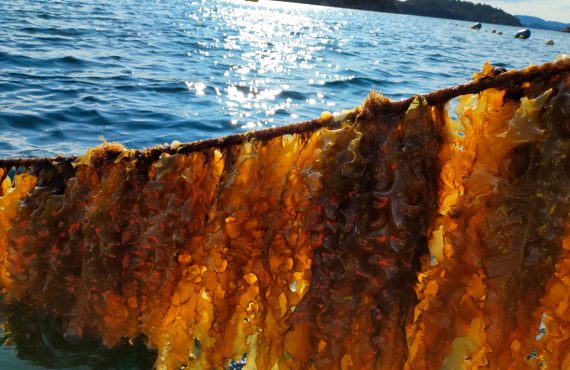A novel IMTA feed pellet for abalone. Photos by Emmanuel A. Falade and Marifeed.
By Emmanuel A. Falade, PhD student at Rhodes University
Abalone (Haliotis midae) aquaculture is South Africa’s largest aquaculture sector and an important socio-economic contributor in several coastal areas. The country now ranks as the highest producer (1657t in 2019) of this highly priced seafood outside of Asia. An important in underpinning this success were the research breakthroughs in the development of formulated feed pellets and farmed seaweeds for cultured abalone. The industry has grown from a single farm in 1994 to 12 fully operating farms which are land-based.
Major challenges
Shore-based abalone farming is a technology and capital-intensive investment requiring in the region of US$6-10 to establish a 100-200t per annum production farm to full production over five years. A continuous supply of pumped fresh seawater (2000-3000 m3/h) into abalone tanks is required, as well as nutrients in the form of formulated feed pellets for abalone and fertilisers for growing seaweeds. Electricity and feed accounts for over 60% of the total operating cost. Apart from this, abalones are nocturnal messy grazers which results in the generation of a lot of solid and dissolved waste nutrients (solid uneaten food and faeces, and dissolved nitrogen, phosphorus, and carbon).
While the dissolved waste nutrients have been put to use on many South African abalone farms by culturing seaweeds in abalone tank effluent flow, the solid waste remains unutilised which increases the environmental footprints of farms. Expanding the existing abalone – seaweed integrated multi-trophic aquaculture (IMTA) system to include low trophic detritus extractive species such as sea cucumbers into the culture system will enhance the production efficiency of the farm and minimise the discharge of organic waste to the environment.
IMTA Project Aim
Our shore-based IMTA project aims at quantifying the environmental impact associated with abalone farming in South Africa and while using low trophic species as means of optimising production efficiency on abalone farms. The optimisation options being researched include:
(1) substituting conventional feed ingredients in abalone formulated feed pellets with farmed seaweed meals and
(2) the integration of an endemic species of sea cucumbers into abalone-seaweed IMTA system.
Optimising IMTA on South African abalone farms using IMTA macroalgae meal
IMTA cultured macroalgal meal could partially substitute fish and soya meal which are the major feed ingredients in abalone formulated pellet used in South Africa. These protein and energy sources are not only expensive, but also suffer competitive usage from other animal industries. Their future availability is not guaranteed due the current decline in capture fisheries and the unprecedented rainfall pattern caused by the global climate change.
As abalone farms continue to expand in South Africa, it is imperative to source economically and environmentally sustainable alternatives to both fish and soya meal in abalone diet, which will match the nutritional profile of these macro-ingredients. One promising alternative is nutrient-enriched macroalgae meal. Previous studies have documented the health and nutritional benefits of macroalgae meal. Moreover, macroalgae are promising feed ingredients due to their local accessibility, low cost of production, and low technical know-how of production.
In our 8 months growth studies on the substitution effects of IMTA and non-IMTA Ulva linza meal in grow-out (65-75g) South African abalone’s (H. midae) compounded feed, it was observed that Ulva meal can effectively replace 12% fish and soya meal in the feed without impacting on their growth rate negatively. Furthermore, the inclusion of Ulva meal in the pellet significantly increased their feed consumption. In a follow-up investigation which is currently ongoing, after four months post-weaning (35-45g) abalone growth was not adversely affected by up to 12% inclusion of IMTA Ulva meal in the pelleted diet. However, the best growth performance was recorded between 0.75g – 1.5g inclusion of Ulva in the pellet.
Future studies
Research about to begin is the integration of another low trophic species, an indigenous sea cucumber, into the existing abalone-seaweed IMTA system. We hypothesise that sea cucumbers as detritivores will not only help reduce solid waste discharge from our land-based farms but also serve as a secondary crop for abalone farms cultured at zero production cost.
A slide showing the IMTA concept and dried Ulva seaweed. Photos by Emmanuel A. Falade.
Full recording of the webinar ” Optimising IMTA performance in South Africa – Case: Wild Coast Abalone” (29 April 21).



